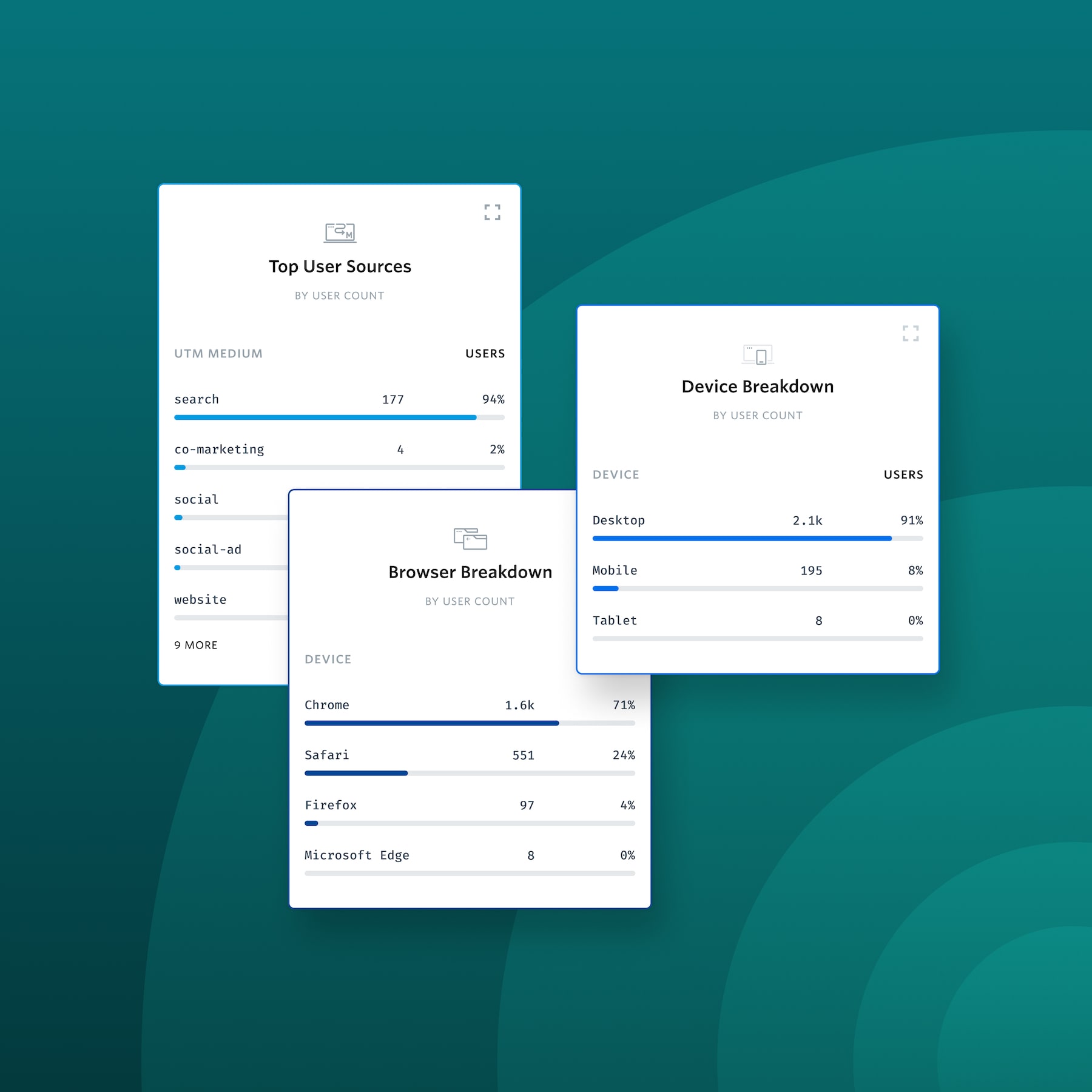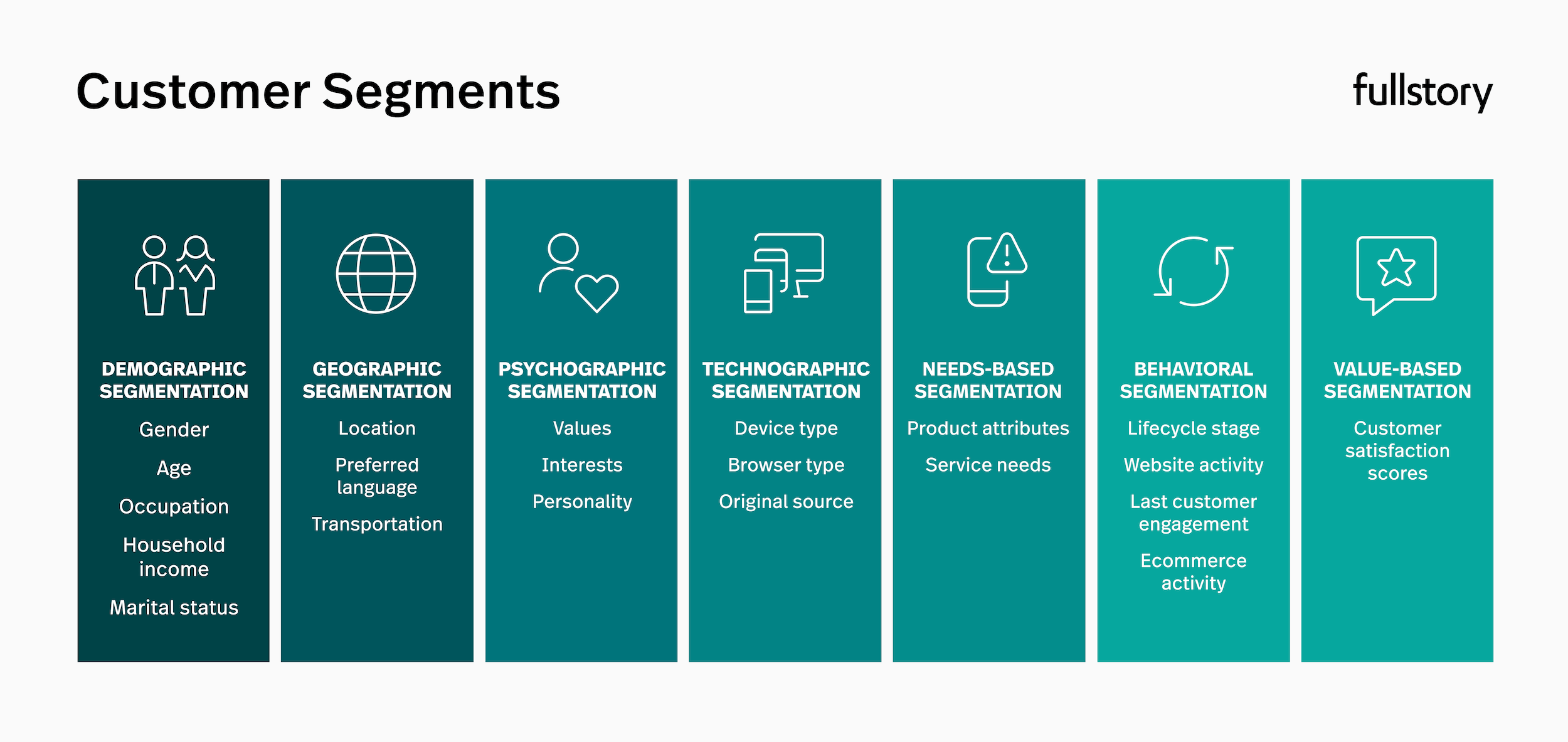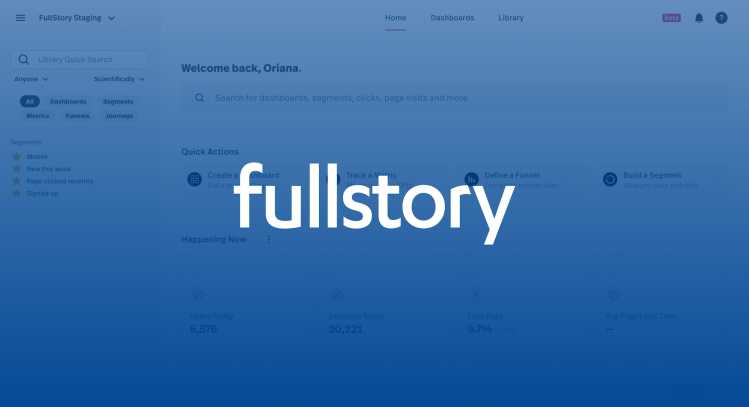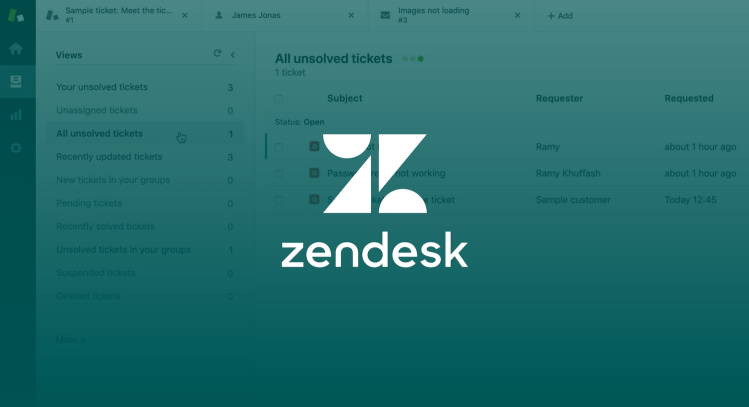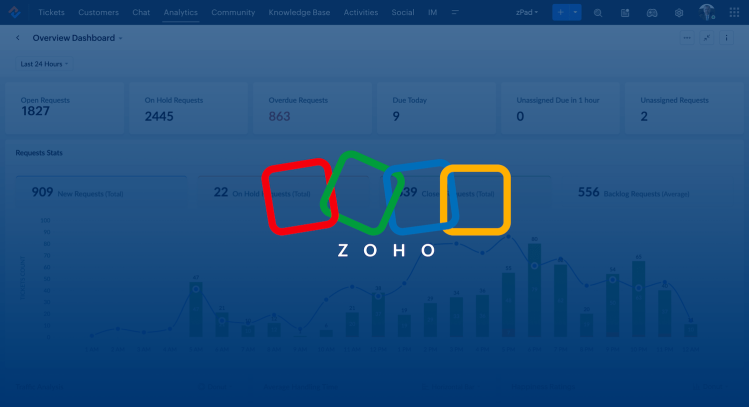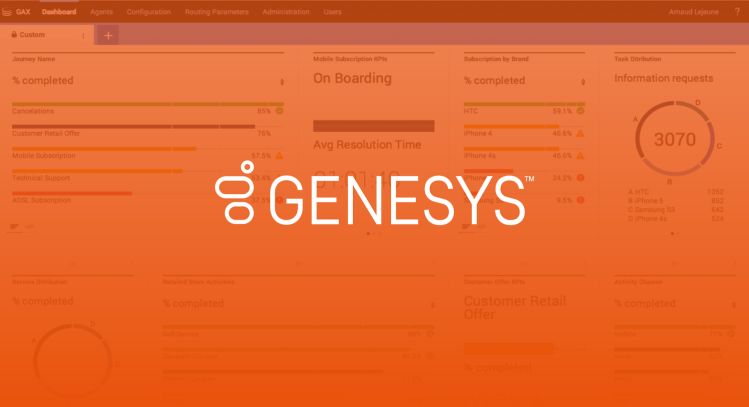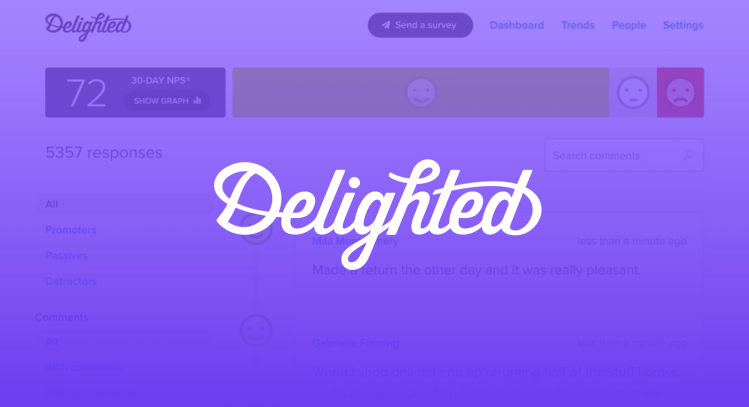Key takeaways
Customer segmentation is a critical part of successful marketing and understanding customer behavior
It’s also an important part of creating quality experiences for your customers or users
There are over 7 different categories of customer segmentation
Product analytics tools are a critical part of segmenting and understanding you users
What is customer segmentation?
Customer segmentation is the process of dividing customers into distinct groups according to shared characteristics. This helps businesses identify target markets, better understand customer behavior, and create tailored marketing strategies.
Business owners can benefit from customer segmentation. It gives them a deeper understanding of their customer base. This helps create more effective campaigns, attract new customers, and boost customer retention.
Through segmentation, companies can identify who is most likely to buy their products or services and target those specific groups. This means that instead of using a one-size-fits-all approach, brands can really focus on the needs of their customers.
Why should you segment customers?
Customer segmentation helps you personalize your content or experiences to different users' needs.
Benefits of customer segmentation include:
Enhance the effectiveness of marketing campaigns by targeting specific segments with tailored messaging
Create entirely different website experiences for different users to increase conversion rates
Target advertisements to people in the right place at the right time
Retain customers more effectively, increasing customer loyalty and customer lifetime value
Make improvements to customer service to ensure a seamless customer experience, saving time and money
Generate insights from segmentation data that help you better understand your customers’ needs and preferences.
Ultimately, segmenting customers helps you better serve them, increase brand loyalty, and provide a more positive customer experience. It’s an essential tool for improving your business in the long run.
Why does user segmentation matter?
Segmentation is like creating a personalized shopping experience. It lets you treat different people differently without having to go through the hassle of customizing your approach for each customer individually.
What’s more, segmentation is a powerful way for organizations to comprehend their user base, customizing product offerings and services according to the various segments of customers.
Different types of customer segmentation
Segmenting your customers allows you to better tailor products and services to fit their needs. There are a few different approaches you can take when it comes to segmenting your customers.
Demographic segmentation
Age
It’s also possible to explore differences in age when segmenting customers. Older generations often have different needs and preferences than the younger ones, so it’s important that you don’t overlook this factor when segmenting your customers.
Occupation
The occupation of your customers can say a lot about their interests, availability, and budget. This is especially true if they don’t share these details with you directly—which can be particularly useful if you are trying to target them with specific offers or services.
Household income
Household income is an important factor to consider when segmenting customers, as it’s a strong indicator of how much money they have available to spend with your business. It can also provide insight into what type of products or services would be most appealing to them and their wallet.
Marital status
If marriage status is another data point that you are interested in, it can be segmented into a few different categories, such as if there is a spouse or their relationship status, among others.
Understanding this information can give you some extra insight into the type of lifestyle your customers lead and what types of products or services may be most useful to them.
Gender
For a fast overview of your customer base, you could start by looking at the gender of your customers. However, it’s important to ensure that this segmentation is inclusive and that there are plenty of categories to choose from, so everyone can be comfortably sorted into their own group.
Geographic segmentation
Location
Where your customers live can be a great indicator of how you should approach targeting them. People in different regions may have different cultural influences or even different preferences for products and services. By taking advantage of this information, you can create more personalized marketing strategies that are tailored to specific locations.
Preferred language
If you’re marketing to a global audience, understanding the preferred language of your customers can be extremely helpful. This way, you can make sure your messaging is tailored in such a way that resonates with them and feels more “local”.
Transportation
What’s the primary method your customers use to get around? If your customer base frequently uses public transportation, you can use this information to create targeted campaigns. This could include buying ad space on popular train routes or digital billboards throughout the city.
Psychographic segmentation
Values
Customer values are at the heart of psychographic segmentation and understanding your customer’s values can be an effective way to create a connection with them.
By using one-on-one interviews and surveys, you can get a good idea of what matters most to your target audience. This could range from environmental conservation to affordability and convenience—all of which will help guide your product or service design.
Interests
Every business benefits from knowledge of their customer’s interests. Knowing what your customers are passionate about can give you great insight into how to capture their attention and loyalty.
Interests are things that customers enjoy that might not directly relate to your business, but could be connected in other ways.
Identity traits
Identity is another great way to understand your customers better. Each person has their own unique personality and identity, and understanding this can be incredibly valuable when it comes to creating a connection with the customer base.
Through surveys, interviews and observation, you can learn more about how different people interact with your brand and how you can best meet their needs.
Technographic segmentation
Device type
An overwhelming sector of online traffic comes from mobile devices, so it’s important to consider the device type when segmenting your customers.
For example, if most users are interacting with you via smartphones, then you know to prioritize mobile responsiveness. You might even consider building a mobile app tailored toward these customers.
Browser type
It’s not just the device type you should consider when segmenting customers. You want to also think about what browser they are using. Different browsers might present your site or app differently, causing different behavior.
Original source
Original source refers to the initial starting point of your customer base. If you’re able to pinpoint where your customers are coming from, you can start creating content and marketing strategies tailored to them.
Needs-based segmentation
Product attributes
When segmenting customers, think about their product needs and attributes. For example, you might have products that require certain features to be used correctly. By knowing who typically has these needs, you can create content tailored to those groups—making sure your website is as inclusive as possible.
Service needs
In addition to your products, you should also think about the services your customers need, too. Services can range from technical support to customer service inquiries, from checking out a product to applying for a loan.
Knowing what your customers are typically looking for gives you an idea of what kind of services to prioritize and which ones might not be as important.
Behavioral segmentation
Lifecycle stage
The lifecycle stage can be a very useful way to segment your customers. This tool helps you understand where a customer is in the customer-buying experience. New customers are usually just getting started, so you have to focus on the basics.
Loyal customers, however, are more likely to be advocates for your brand. Thus, it’s important to focus on creating content that rewards their loyalty and encourages them to spread the word about your business.
Website activity
Another way to segment your customers is through website activity. This metric tracks anything they do while engaging with your website, such as the pages they visit, how long they stay on each page, and what products or services they purchase.
Last engagement
The last engagement you have with customers can tell you a lot. If it was a positive interaction, they might be ready for an upsell or cross-sell. If the conversation wasn’t so great, then strengthening that relationship should be your priority.
Ecommerce activity
Ecommerce activity can provide key insights into what customers are looking for and how they interact with your online store. By tracking their past purchases as well as products they’ve viewed but not yet converted on, you can gain valuable insight into the types of products or services they might be interested in.
Example
A good example of this is Amazon. They track customer purchases and browsing habits to make product recommendations tailored to each individual customer. This helps them build better relationships with existing customers and attract new ones.
Value-based segmentation
Customer satisfaction scores
Thanks to the many ways for customers to rate their experiences, it’s easy to keep track of customer satisfaction scores (for example, NPS). This can help you determine how customers feel about your offerings and if they’re truly satisfied.
If scores are high, that’s a sign that you’re on the right track with your services. On the other hand, lower scores are an indication that changes need to be made.
Customer feedback isn’t limited to only quantitative scoring. Open-ended questions that customers can use to provide in-depth feedback is invaluable qualitative data.
How to choose the right customer segmentation model(s)
Want to know which models are most suitable for your business? The answer is simple—it depends on your particular needs and objectives.
Ask yourself what kind of customer data set has the greatest impact on conversions, such as demographics, psychographics, behaviors, attitudes, values, lifestyle preferences, etc.
Once you’ve identified this data, use it to fill in the gaps between the data you already have and the data you need to make your customer segmentation strategy even better.
1. Define the types of customer data that can support your growth
Next, consider what kind of marketing goals you want to achieve and which customer segmentation model would be best for reaching those goals based on the campaign you’re running.
For example, if you’re running a loyalty program, then it’s probably wise to choose an RFM (recency, frequency, and monetary value) model.
Or, if you’re trying to target new users with personalized messaging, then a geo-based user segmentation might be the better choice.
2. Identify the right tools to collect the data you need
Once you’ve identified the type of data that will help you reach your goals, the next step is to identify the right tools to collect and store this data.
Tools like Google Analytics can help you collect a wide range of demographic data on your customers and learn how people are engaging with your website.
You can also use software like Twilio Engage, which is the first growth platform built on top of a customer data platform (CDP). This tool automatically translates customer data into actionable strategies, so you don’t have to lift a finger.
Personalized experiences for a more engaged audience
Whether you choose to employ market segmentation manually or via software, it is an invaluable tool for understanding your customer base and tailoring experiences to their individual needs.
By breaking customers into smaller segments, you can get a better glimpse of who they are and what they want out of their user experience with you.
Thankfully, there are many product analytics tools out there designed to help you segment your customers and create personalized experiences.
User segmentation tools
FullStory
FullStory is a product analytics platform that provides session replay, heatmaps, and customer journey mapping capabilities and more to help businesses understand user behavior and identify opportunities for improvement. It can be used for segmentation by analyzing user behavior and grouping them based on common characteristics and traits.
Unlike other tools, FullStory autocaptures customer data without requiring instrumentation, ensuring companies don’t miss out on vital data.
Start building personalized customer segments today
Slice and dice comprehensive user data to empathize with every important user segment. Will FullStory, you can dive deep to understand their unique experiences—and then design optimal ones.
Google Analytics
Google Analytics is a web analytics tool that allows businesses to track website traffic, user behavior, and other metrics. It can be used for customer segmentation analysis through user data and creating custom audiences based on demographics, interests, or behaviors.
Contentsquare
Contentsquare is a user analytics tool that tracks website interactions and provides insights into user behavior. It can be used for segmentation by identifying user segments based on behavior and engagement levels.
Heap
Heap is a product analytics tool that tracks user behavior and helps identify opportunities for optimization. It can be used for segmentation by creating custom user segments based on specific actions or behaviors.
Quantum Metric
Quantum Metric is an experience analytics platform that helps businesses identify and resolve user experience issues. It can be used for segmentation by creating custom user segments based on behavior patterns, demographics, or other key characteristics.
Personalized experience tools
Pathfactory
PathFactory is a content experience platform that helps businesses deliver personalized content experiences to their users. It can be used for personalization by analyzing user behavior and serving up relevant content based on their interests and preferences.
Optimizely
Optimizely is an A/B experimentation platform that allows businesses to test different variations of their website or app to identify the most effective version. It can be used for personalization by creating custom experiences for different user segments based on their behavior, preferences, or other key factors.
ABTasty
ABTasty is another experimentation program that helps companies create personalized experiences for prospective customers.
